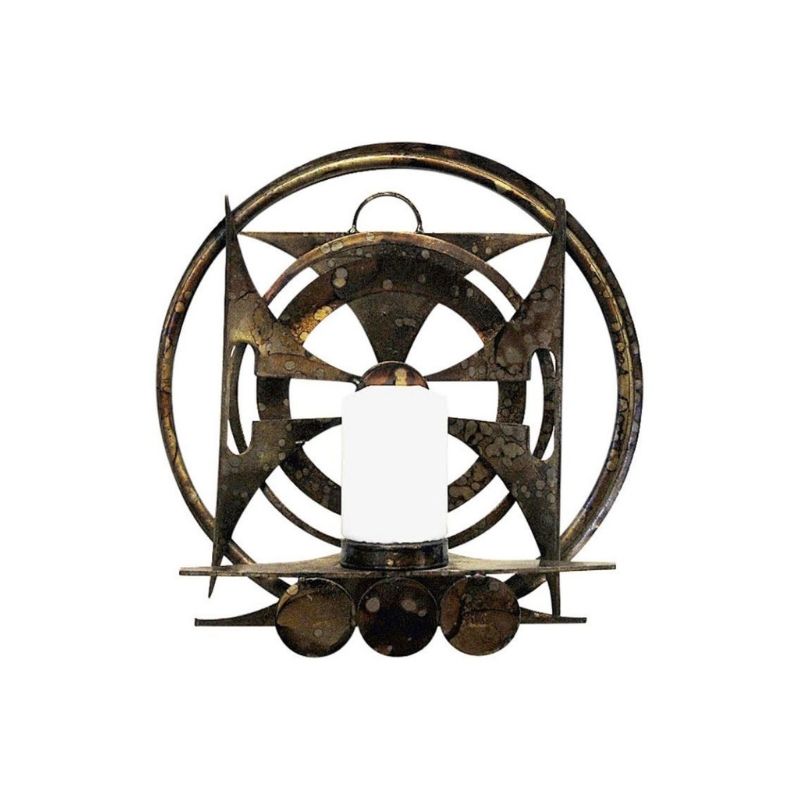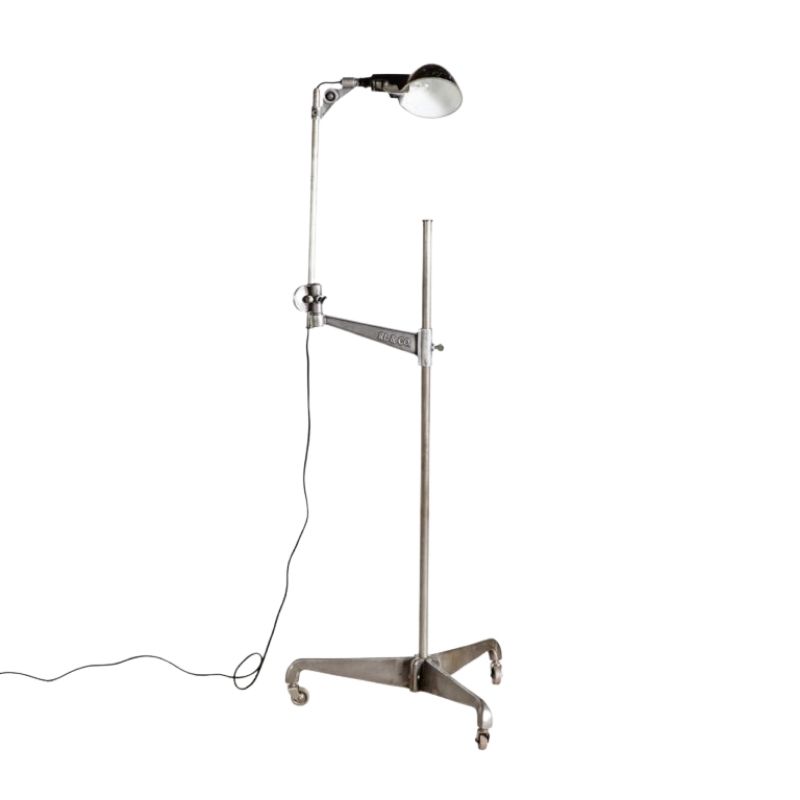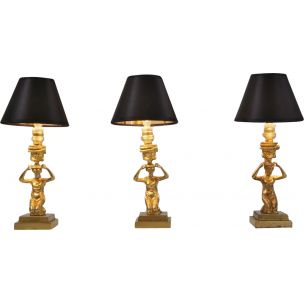I now working on some Walnut chairs. There are tiny crack where two massive pieces of wood have been laminated to form the rounded backrest. I would normally not bother but these are someplace that really show.I sometimes mix wood dust with a little Cyano Acrylate. It works OK for cheap pieces but there is the problem of color matching. I have e.g. used oakdust from a cabinet. It might look OK when wet but gets much darker as it dries.Any solutions out there?
A photo of the piece would help.
This works well for me on teak:
--With a razor blade, scrape the oil off an area near the problem. (You have to hold the blade almost perpendicular to the surface, this requires a lot of strength in the fingers. Done right you will get curly shaving from the wood, just as you get from a hand plane. Done wrong you get powder).
--discard the curly shavings until you get through to fresh wood, which doesn't take long.
--mix fresh wood shavings with Elmer's White School Glue (it is water soluble)
--press the "putty" into the crack or hole
-- when dry sand it smooth, and possibly repeat if necessary
-- re-oil everything
There are key differences that make this better than sawdust in CA glue:
--Elmer's school glue is soluble so it takes a finish quite reliably.
--The curly shavings maintain the fibrous nature of the wood and allow you to fill a large gap.
The best wood filler for splits in solid wood is solid wood. It would help to see a pic of this particular defect in order to determine whether or not it's likely to widen and narrow with seasonal climatic changes, but here's what I've done with some success:
Carve a slightly wider groove into the split with an appropriate size gouge. A V-groove or "veiner" gouge are often right for this. With the same tool, carve a slightly deeper groove of similar length and grain direction from either a scrap piece of the same species and color or, better, from a hidden area of the piece itself. Glue and clamp the resulting shaving into the split. It should fit nearly perfectly. Sand flush and finish. Sharp tools and a little practice on scrap beforehand help.
Hi Leif,
Try Woodcraft, Lee Valley, or Rockler.
Card scrapers are great tools. I have two Sandvik (now Bahco) scrapers. One in my tool bag for site work and one I keep in better condition in my shop. Great tools, but there is a learning curve for both sharpening and usage technique that frustrates a lot of people. Edge prep is key. I do it the manual way and I've found that accurate jointing to a pretty fine grit is essential. Hook depth and angle changes to suit the work, but efficient prep does require practice. Once you've got it, though, it's like riding a bike.
Go for it. Veritas makes a pricey edge prep jig and some other accessories, but I think your money is better spent on a good mill bastard and a flat stone and the time it takes to learn how to use scrapers is worth the investment.
Actually, Leif, you can get all of this stuff through Amazon now at good prices.
Recommending specific brands and styles of stones opens a can of worms. It can get pretty esoteric and everybody has their own techniques and preferences, but, I'll offer my suggestions for anyone starting out anyway.
Stone: Norton (St. Gobain) 2" X 8" Combination India Oil Stone (fine/course grit). You can go finer with another stone of your choice. I have a variety of natural "Arkansas" stones that I wouldn't trade for nuthin', but they are expensive.
Oil: 3-in-One is fine, but I don't like the smell, so I use an old can of Norton brand that I've had almost forever. There are others intended for sharpening that should be fine, but, really, you can use almost anything.
File: Nicholson 10" or 12" American Pattern Single-Cut Mill Bastard
Both the stone and file are made outside the US now, and the last new Nicholson file I saw was nowhere near flat, so watch for that. Both should come (and need to be) dead flat.
You should find some good articles on edge-prep and use in the FWW magazine online index. Bon Chance!
I like the sound of tktoos tecnique.
The full lee valley sharpening and scraper sets are the bomb. The little tool for rolling the edge is fantastic, just dial what you want and it comes out fine and I dont remember it being expensive.
Both sets took me from producing crappy edges to excellent in a week or two.
tktoo,
The technique sounds promising. I will upload a pic tomorrow.
As far as tools go, the thing you desribe sound like something I had in my X-Akto knife set when I was a kid. If you could post some pictures of the tools, I will post pictures of the problem.
Deal?
OK. Here is the picture. It is taken directly from above. It shows how the tops of the back supports are cracked right along (I believe) is the lamination. I am not sure how deep these go. One is pretty bad.
Wow, Scan, those splits are much longer than I had imagined! I don't think my little trick is well-suited to this situation at all. I don't even think I could successfully make a continuous shaving more than a couple of inches long with a narrow gouge.
If you can't get the gaps to close without excessive clamping pressure, maybe wedging and gluing narrow strips or veneer in there might work. Either way, you'd have to clean out the cracks as deeply as you can in order for glue to stick as Heath mentioned.
And, yes, those little gouges that came with X-Acto hobby sets might work just fine for the technique I described.
Have you determined the wood type?
Yikes! Those are nasty cracks. This is a very difficult problem to fix.
A very important consideration is whether the wood is designed to flex. I imagine it probably is. In which case any sort of putty that dries hard is NOT the solution. There may not really be a good solution.
Photos of the whole chair might be helpful so we can assess the structural considerations.
If you need any help, please contact us at – info@designaddict.com









